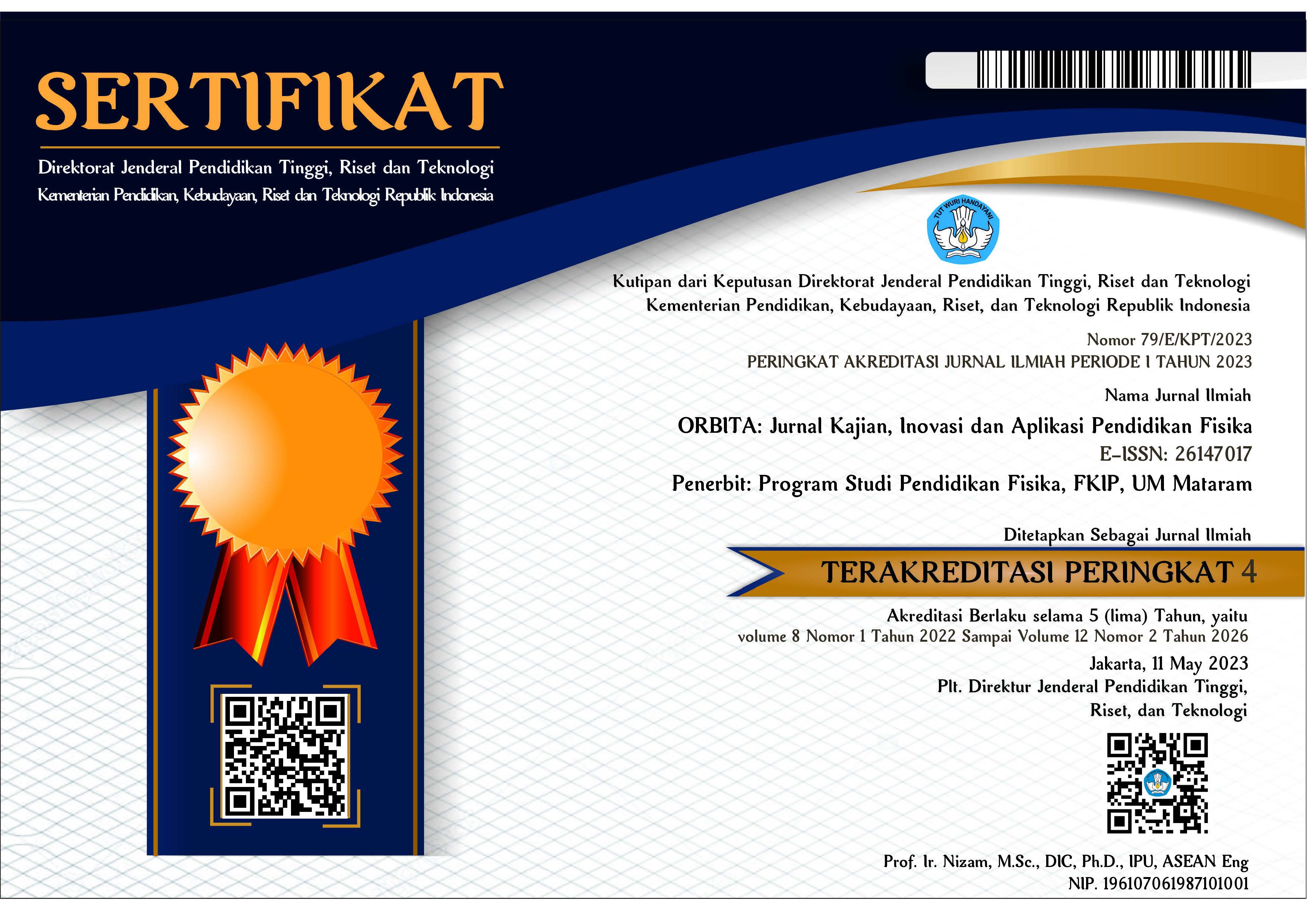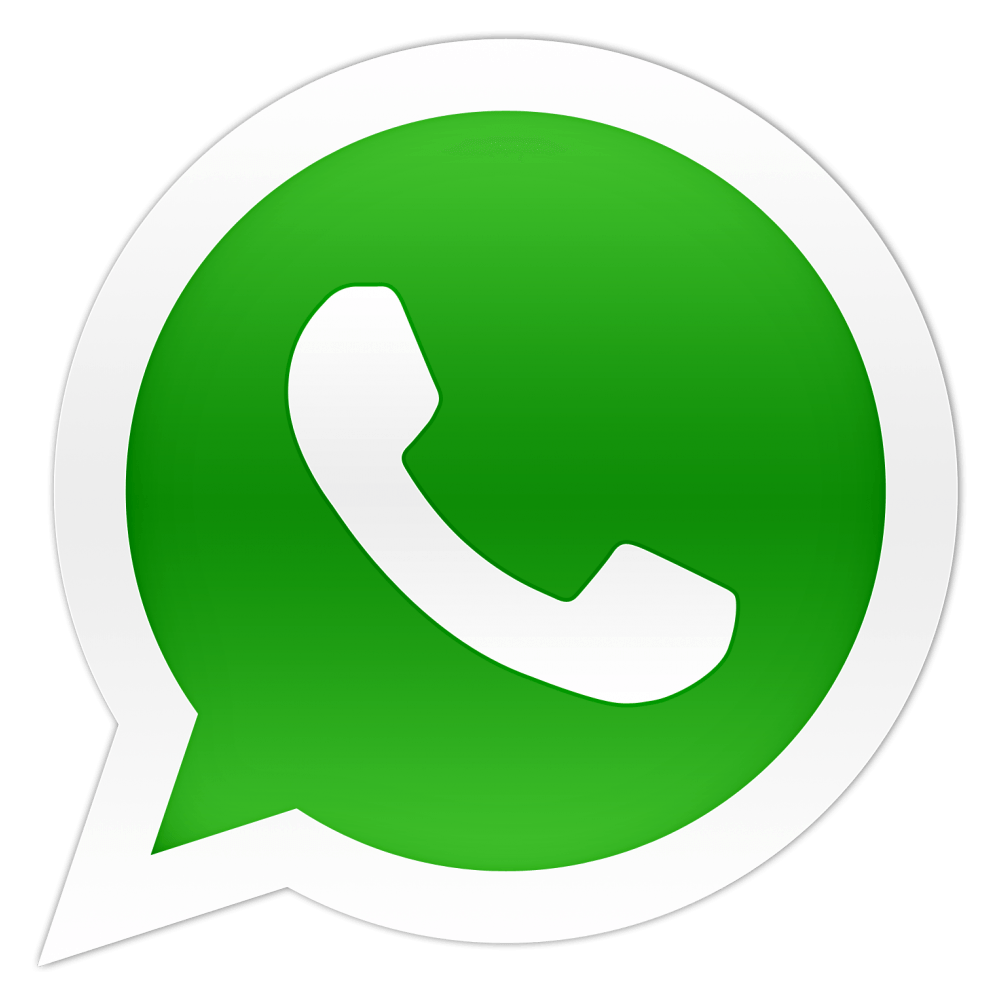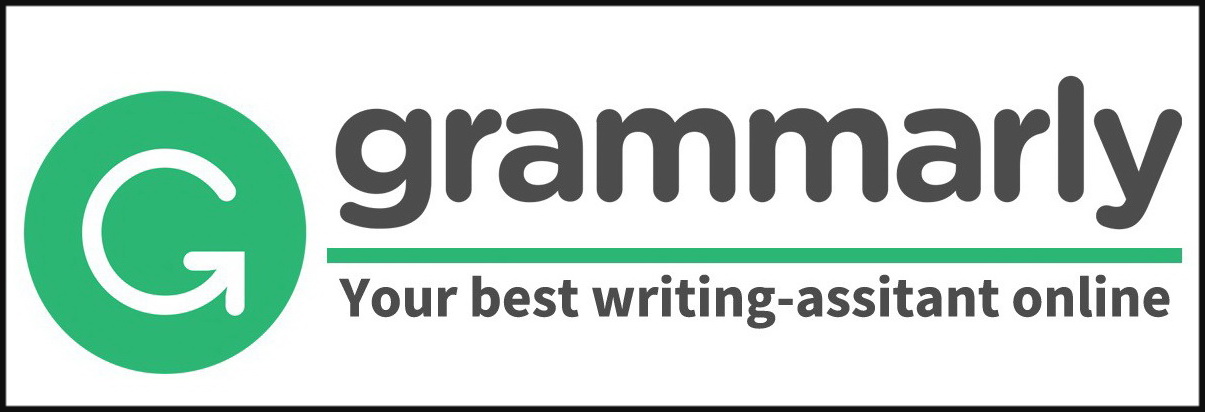EFEKTIVITAS MODEL ICARE UNTUK MENINGKATKAN KETERAMPILAN BERPIKIR KREATIF ALAT OPTIK
Abstract
ABSTRAK
Tujuan pendidikan pada saat ini adalah untuk mendidik individu yang dapat memecahkan suatu permasalahan yang mereka temui dalam kehidupan sehari-hari. Salah satu keterampilan yang dibutuhkan untuk memecahkan permasalahan yaitu keterampilan berpikir kreatif. Keterampilan berpikir kreatif merupakan salah satu cara berpikir yang dibutuhkan dalam kehidupan kerja dan masyarakat di abad 21, yang harus dilatihkan kepad apeserta didik Ketika proses pembelajaran. Namun kenyataannya, keterampilan berpikir kreatif ini jarang sekali dilatihkan kepada peserta didik dalam proses pembelajaran. Maka penelitian ini bertujuan untuk menerapkan model pembelajaran ICARE untuk meningkatkan keterampilan berpikir kreatif peserta didik pada materi alat optik. Digunakan metode penelitian semu (quasi experiment) dengan desain one group pretest posttest. Instrumen penelitian berupa soal uraian sebanyak 12 soal yang sudah diuji validitas dan reliabilitasnya. Partisipan dalam penelitian ini adalah 24 peserta didik, dengan mengunakan teknik analisis data gain ternormalisasi untuk melihat peningkatan keterampilan berpikir kreatif dan uji effect size untuk mengetahui efek dari model pembelajaran ICARE. Hasil penelitian berupa nilai gain ternormalisasi sebesar 0,44 yang termasuk kategori sedang dengan taraf signifikansi 0,05. Selanjutnya diperoleh hasil uji effect size untuk keterampilan berpikir kreatif sebesar 3,47 yang termasuk pada kategori tinggi. Hasil ini menunjukan bahwa model pembelajaran ICARE efektif dalam meningkatkan keterampilan berpikir kreatif peserta didik pada materi alat optik.
Kata kunci: model pembelajaran ICARE; keterampilan berpikir kreatif; alat optik
ABSTRACT
The purpose of education is to guide students to solve problems in real life. One of the skills needed to solve problems is creative thinking skills. Creative thinking skills are one of the ways of thinking that a person needs in work life and society in the 21st century. However, in reality, these creative thinking skills are not trained to students in the learning process. So, this study aims to apply the ICARE learning model to improve the creative thinking skills of class XI SMA students on optical instrument material. A quasi-experimental research method was used with a one-group pretest-posttest research design. The instrument in this study was 12 questions that were reliable and valid in terms of descriptions of creative thinking skills and were given a score of 1-4 in accordance with the assessment rubric. Participants in this study were 24 students, with data analysis techniques using N-Gain and the effect size to determine the effect of the ICARE learning model. The result of this research is a normalized gain value of 0.44 which is included in the medium category with a significance level of 0.05. Furthermore, the effect size test results obtained for creative thinking skills of 3.47 which are included in the high category. These results that the ICARE learning model is effective in improving students' creative thinking skills in optical instrument material.
Keywords: ICARE learning model; creative thinking skills; optical material
Keywords
Full Text:
PDFReferences
Alzoubi, A. M., Al Qudah, M. F., Albursan, I. S., Bakhiet, S. F., & Abduljabbar, A. S. (2016). The Effect of Creative Thinking Education in Enhancing Creative Self-Efficacy and Cognitive Motivation. Journal of Educational and Developmental Psychology, 6(1), 117. https://doi.org/10.5539/jedp.v6n1p117
Arifin, Z. (2017). Mengembangkan Instrumen Pengukur Critical Thinking Skills Siswa pada Pembelajaran Matematika Abad 21. Jurnal THEOREMS (The Original Research of Mathematics), 1(2), 92–100. http://jurnal.unma.ac.id/index.php/th/article/view/383/362
Binkeley Erstad, O., Herman, J., Raizen, S., Ripley, M. & Rumble, M., M. (2010). Defining 21st century skills. Draft paper. Assessment & Teaching of 21st century skills. Definiting Inclode for Future, 02(January), 50.
Creswell, J. . (2010). Research Design: Pendekatan kualitatif, kuantitatif dan mixed. PT. Pustaka Pelajar.
Hake, R. R. (1998). Interactive-engagement versus traditional methods: A six-thousand-student survey of mechanics test data for introductory physics courses. American Journal of Physics, 66(1), 64–74. https://doi.org/10.1119/1.18809
Hoffman, B., & Ritchie, D. (1998). Teaching and Learning Online: Tools, Templates, and Training. Society for Information Technology & Teacher Education International Conference, 119–123. https://files.eric.ed.gov/fulltext/ED421092.pdf
Kivunja, C. (2015). Exploring the Pedagogical Meaning and Implications of the 4Cs “Super Skills” for the 21<sup>st</sup> Century through Bruner’s 5E Lenses of Knowledge Construction to Improve Pedagogies of the New Learning Paradigm. Creative Education, 06(02), 224–239. https://doi.org/10.4236/ce.2015.62021
Sugiyono. (2011). Metode Penelitian Kuantitatif, Kualitatif, dan R&D. CV. Alfa Beta.
Torrance, E. P. (1990). The Torrance Tests of Creative Thinking Norms-Technical Manual Figural (Streamlined) Forms A & B. Bensenville, IL: Scholastic Testing Service, Inc.
Trilling, B., & Fadel, C. (2009). Bernie Trilling, Charles Fadel-21st Century Skills_ Learning for Life in Our Times -Jossey-Bass (2009). Journal of Sustainable Development Education and Research, 2(1), 243.
Wibowo, F. C., & Suhandi, A. (2013). Penerapan model science creative learning (SCL) fisika berbasis proyek untuk meningkatkan hasil belajar kognitif dan keterampilan berpikir kreatif. Jurnal Pendidikan IPA Indonesia, 2(1), 67–75. https://doi.org/10.15294/jpii.v2i1.2512
DOI: https://doi.org/10.31764/orbita.v7i1.4656
Refbacks
- There are currently no refbacks.

This work is licensed under a Creative Commons Attribution-ShareAlike 4.0 International License.
______________________________________________________
ORBITA: Jurnal Pendidikan dan Ilmu Fisika
p-ISSN 2460-9587 || e-ISSN 2614-7017
This work is licensed under a Creative Commons Attribution-ShareAlike 4.0 International License.
EDITORIAL OFFICE:


























